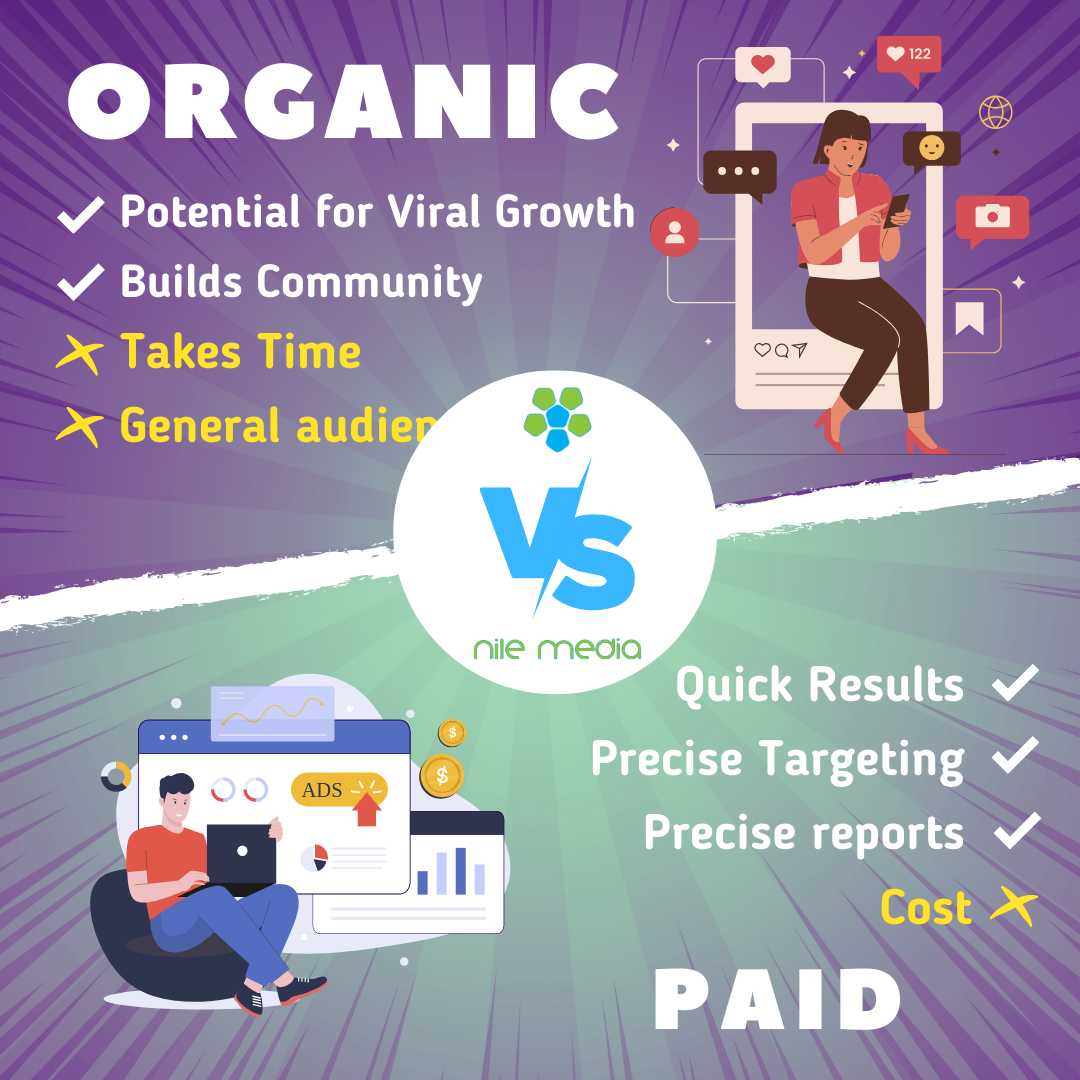In today’s crowded marketplace, where consumers are inundated with options and opinions, social proof has emerged as a powerful tool in marketing. Social proof, the concept that people rely on the actions and opinions of others to guide their own decisions, can significantly influence consumer behavior. Here’s how to effectively leverage social proof in your marketing strategy to build trust, boost engagement, and drive conversions.
Understanding Social Proof
Social proof is based on the psychological principle that people are more likely to engage in a behavior if they see others doing it. It encompasses various forms of evidence that suggest a product or service is popular or endorsed by others. Types of social proof include:
- Customer Reviews and Testimonials: Positive feedback from actual users.
- Case Studies: Detailed reports of how your product or service has benefited specific clients.
- Social Media Mentions: User-generated content and discussions about your brand on social platforms.
- Influencer Endorsements: Recommendations from individuals with large, engaged followings.
- User Numbers: Highlighting the number of users, subscribers, or customers.
- Awards and Certifications: Recognition from industry bodies or organizations.
Strategies to Leverage Social Proof
- Showcase Customer Reviews and Testimonials
- Collect and Display Reviews: Encourage satisfied customers to leave reviews on your website, social media, and third-party review platforms. Highlighting positive testimonials can build credibility and reassure potential customers.
- Feature Testimonials Prominently: Use testimonials in key places such as landing pages, product descriptions, and checkout pages to provide real-life validation of your offerings.
- Develop Compelling Case Studies
- Create Detailed Case Studies: Share success stories that demonstrate how your product or service has solved specific problems for clients. Include data, quotes, and before-and-after scenarios to provide concrete evidence of value.
- Distribute Across Channels: Publish case studies on your website, in email newsletters, and on social media to reach a broader audience.
- Leverage Social Media Mentions
- Monitor and Engage: Track mentions of your brand on social media platforms. Engage with users who talk about your product or service, and share their content if it aligns with your brand’s messaging.
- Use Hashtags and Tags: Encourage users to tag your brand and use branded hashtags. This not only increases visibility but also creates a sense of community.
- Collaborate with Influencers
- Identify Relevant Influencers: Partner with influencers whose audience matches your target market. Their endorsements can lend credibility and expand your reach.
- Create Authentic Content: Work with influencers to create content that feels genuine and aligns with your brand’s values. Authenticity is key to effective influencer marketing.
- Highlight User Numbers and Popularity
- Show Growth Metrics: Display statistics such as the number of users, subscribers, or downloads to indicate popularity. For instance, “Join over 10,000 satisfied customers” can create a sense of trust and FOMO (fear of missing out).
- Feature Popular Products: Showcase best-sellers or most popular items to signal their desirability and appeal.
- Promote Awards and Certifications
- Display Accolades: Highlight any awards, certifications, or industry recognitions your brand has received. These serve as third-party validations of your credibility and quality.
- Include in Marketing Materials: Incorporate awards and certifications into your marketing materials, website, and social media profiles.
- Utilize User-Generated Content
- Encourage and Share: Encourage customers to create and share content related to your brand, such as photos, videos, or reviews. Share this user-generated content on your platforms to build trust and authenticity.
- Run Contests and Campaigns: Host contests or campaigns that encourage users to share their experiences with your brand, generating additional social proof.
Best Practices for Implementing Social Proof
- Authenticity Matters: Ensure that all forms of social proof are genuine and accurately represent your brand’s value. Misleading or fake testimonials can damage trust.
- Keep It Relevant: Use social proof that resonates with your target audience and is relevant to their needs and preferences.
- Update Regularly: Regularly update social proof elements to keep content fresh and relevant, and to reflect recent successes and feedback.
- Combine Multiple Types: Utilize a mix of social proof types to cover various aspects of consumer decision-making and to appeal to different segments of your audience.
Conclusion
Leveraging social proof in your marketing strategy can significantly enhance your brand’s credibility, build consumer trust, and drive higher engagement and conversions. By showcasing authentic customer experiences, collaborating with influencers, and highlighting your achievements, you can effectively use social proof to influence potential customers and stand out in a competitive market. Embrace these strategies to harness the power of social proof and elevate your marketing efforts.









